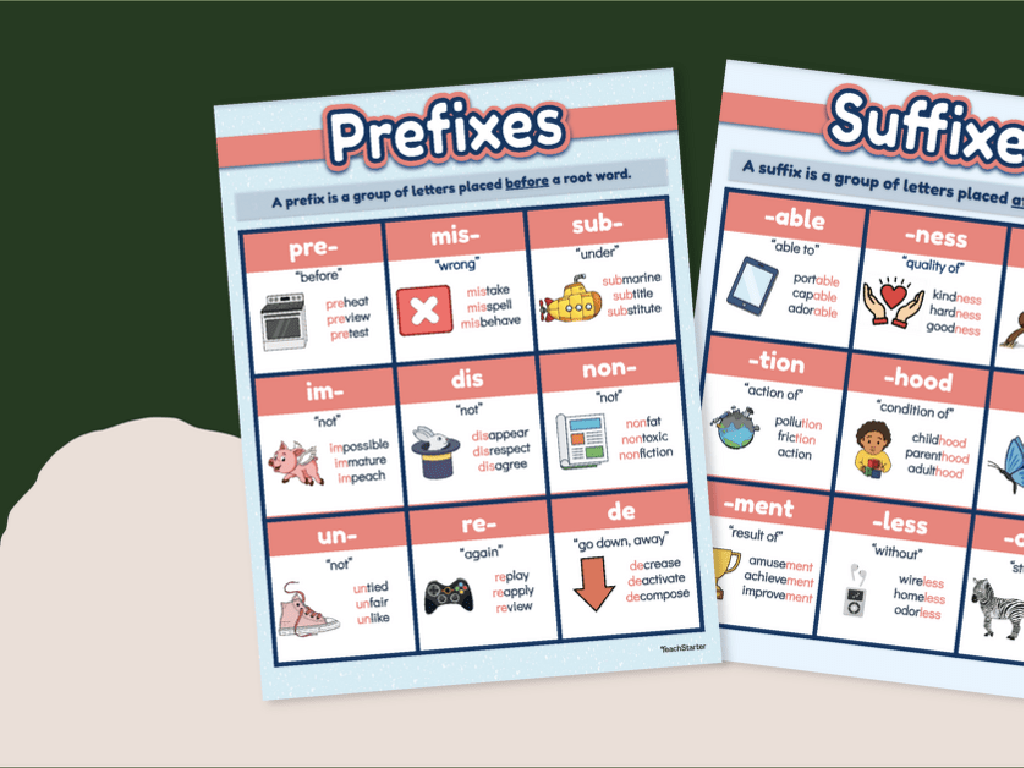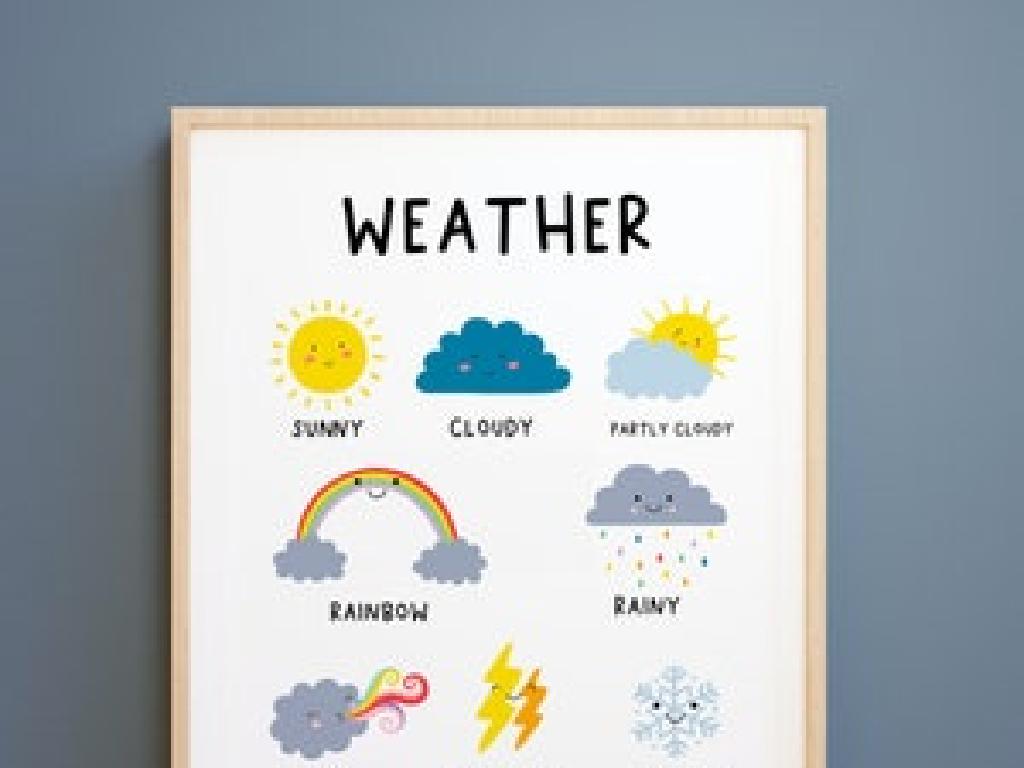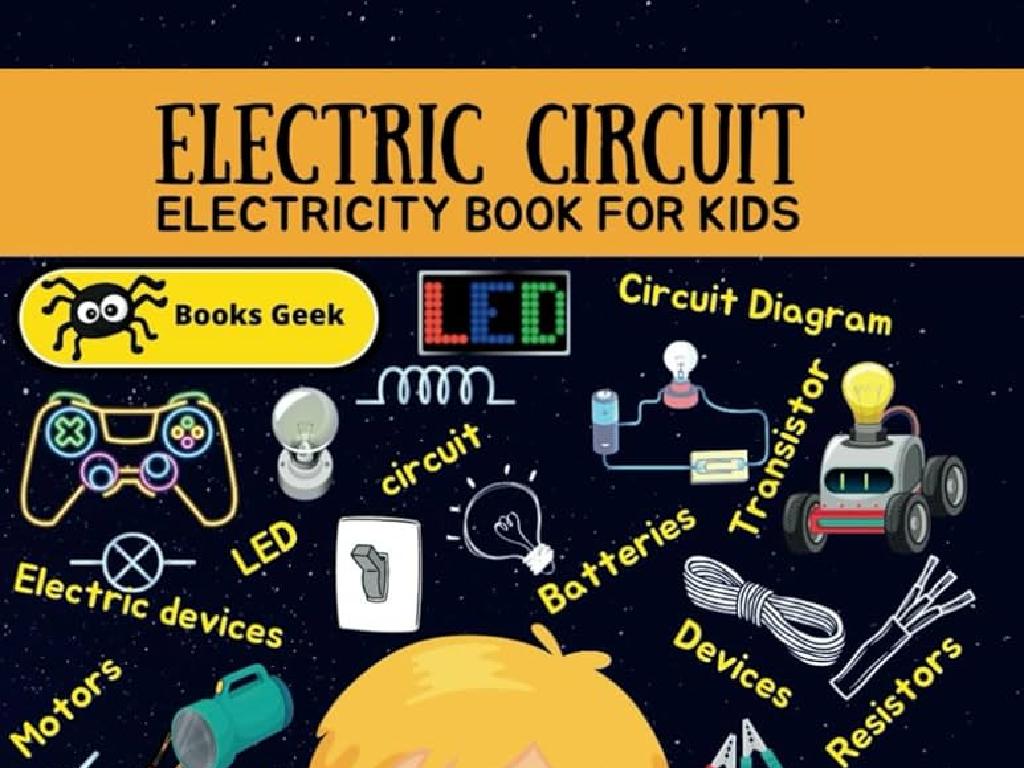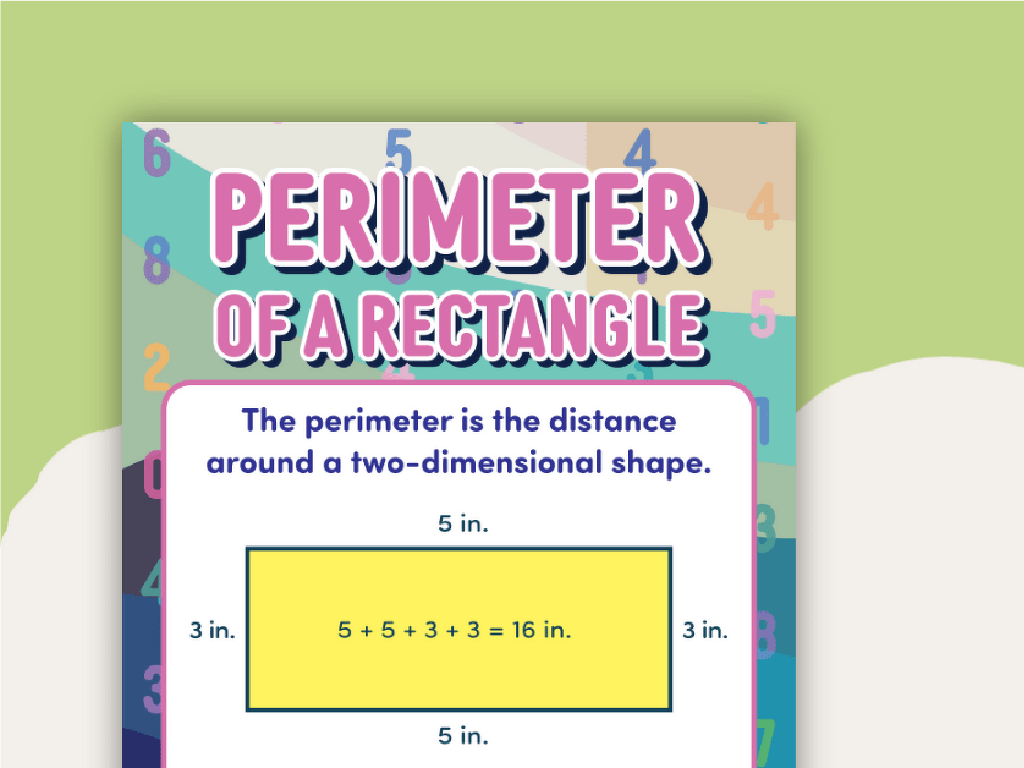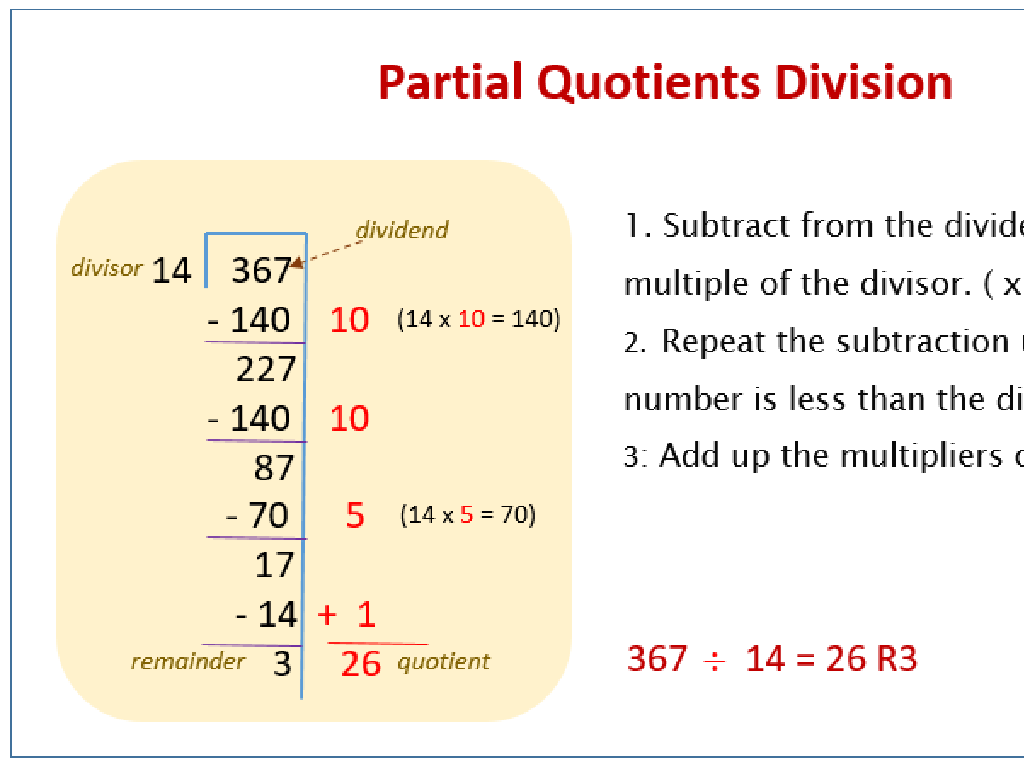Unit Prices With Unit Conversions
Subject: Math
Grade: Seventh grade
Topic: Consumer Math
Please LOG IN to download the presentation. Access is available to registered users only.
View More Content
Understanding Unit Prices in Shopping
– Grasping the value of money
– Math’s role in daily shopping
– Today’s lesson: Unit Prices
– Unit price: cost per item or measure
– Converting units for comparison
– Learn to convert units like ounces to pounds for accurate price comparison
|
This slide introduces the concept of unit prices within the broader subject of consumer math, emphasizing the practical application of math in everyday life, particularly in shopping. Students will learn the importance of understanding money’s value and how to apply mathematical concepts to make informed decisions when purchasing items. The focus is on calculating unit prices and converting between different units of measure to compare prices effectively. This skill is crucial for becoming a savvy shopper. Encourage students to bring examples of items they buy or would like to buy, and guide them through the process of calculating and comparing unit prices.
Understanding Unit Price
– Define Unit Price
– Price per single unit of measure, like $/lb, $/oz, etc.
– Significance of Unit Price
– Helps compare costs for different sizes and brands effectively.
– Unit Price in Daily Life
– Examples: cost per liter of milk, price per kilogram of apples.
– Calculating Unit Price
– Divide the total price by the quantity to find unit price.
|
This slide introduces the concept of unit price, which is a critical skill in consumer math for making informed purchasing decisions. Begin by defining unit price as the cost for one unit of measure, which allows for a fair comparison between different products and package sizes. Emphasize the importance of understanding unit price in everyday shopping to find the best deals and save money. Provide relatable examples such as comparing prices of different brands of milk or fruits sold in varying quantities. Teach students how to calculate unit price by dividing the total cost by the number of units. This foundational knowledge will enable students to apply math skills in real-world scenarios and become savvy consumers.
Calculating Unit Prices
– Understanding unit price formula
– Unit price = Total cost / Quantity
– Example: Unit price of apples
– If a bag of apples costs $4 for 10 apples, unit price is $0.40 per apple
– Class exercise: Your snack’s unit price
– Find the cost and quantity of your snack, then calculate its unit price
– Importance of unit conversion
– Converting units ensures accurate price comparisons
|
This slide introduces the concept of unit price, which is crucial for making informed consumer choices. Start by explaining the formula for calculating unit price, which is the total cost divided by the quantity. Use a relatable example, such as a bag of apples, to demonstrate how to calculate the unit price. For the class exercise, students will apply this knowledge to calculate the unit price of their favorite snack, enhancing their practical understanding. Emphasize the importance of unit conversions in comparing prices effectively, as different products may use different units of measurement. This exercise will help students develop critical thinking skills when shopping and comparing prices.
Mastering Unit Conversions
– Understanding the need for conversions
– To compare prices & quantities effectively
– Exploring common measurement units
– Volume, weight, length (liters, kilograms, meters)
– Steps for unit conversion
– Identify units, use conversion factor, calculate
– Tips for accurate conversions
– Double-check work, use conversion tools
|
Unit conversions are essential in consumer math to make informed decisions, especially when comparing prices of products with different units of measurement. Familiarize students with common units like liters for volume, kilograms for weight, and meters for length. Teach them the steps to convert units: identifying the units involved, finding the appropriate conversion factor, and performing the calculation. Emphasize the importance of accuracy by double-checking their work and using reliable conversion tools or charts. Provide practice problems that involve real-life scenarios, such as comparing prices of groceries per pound versus per kilogram, to reinforce the concept.
Unit Prices & Unit Conversions
– Understanding unit conversions
– Converting between different measurement units (e.g., pounds to kilograms).
– Converting units for price comparison
– To compare prices, we need to convert items to the same unit.
– Example: Cheese price comparison
– Compare cheese priced per pound with cheese priced per kilogram.
– Practice with different units
|
This slide aims to teach students how to apply unit conversions to determine comparable unit prices, an essential skill in consumer math. Start by explaining why different units are used in markets (e.g., pounds in the US, kilograms in other countries) and the importance of being able to convert between these units to make fair price comparisons. Use the example of cheese to show how to convert prices from pounds to kilograms and vice versa, ensuring students understand how to apply this to various scenarios. Encourage students to practice with different units and items to become comfortable with the concept.
Let’s Practice Together: Find the Best Deal
– Group activity on finding deals
– Each group gets unique product labels
– Calculate unit prices with conversions
– Convert units if necessary, then divide the price by the converted units
– Determine which product offers the best value
– Compare the unit prices to see which is lower
|
This group activity is designed to apply knowledge of unit prices and unit conversions in a practical consumer math scenario. Divide the class into small groups and provide each with different product labels, ensuring a mix of units (e.g., ounces, liters, grams). Students will need to convert units where necessary to a common unit for comparison, then calculate the unit price by dividing the total price by the quantity. After calculations, students will compare their results with other groups to determine which product offers the best value for money. Possible activities include comparing different brands of the same product, different sizes of the same item, or products that are similar but not identical. This exercise will enhance their critical thinking and decision-making skills in everyday shopping situations.
Review and Reflect: Unit Prices and Conversions
– Recap of today’s lesson
– Importance of unit prices
– Helps make informed buying decisions
– Significance of unit conversions
– Essential for comparing different quantities
– Open floor for questions
|
Today’s lesson covered how to calculate unit prices and perform unit conversions, which are crucial skills in consumer math. Understanding unit prices allows consumers to make cost-effective and informed decisions when purchasing items sold in different quantities. Mastery of unit conversions is essential when comparing prices of products with different units of measure, ensuring that students can apply these skills in real-world shopping scenarios. Encourage students to ask questions or express any curiosities they may have about today’s topic to clarify their understanding and foster a deeper interest in practical math applications.
Class Activity: Supermarket Sweep!
– Form teams and grab supermarket flyers
– Find and calculate best unit prices
– Divide price by quantity to get unit price
– Convert units to compare deals
– Use conversion tables for ounces to grams, etc.
– Present the best deals found
|
This interactive class activity is designed to apply practical math skills in a real-world scenario. Students will work in teams to analyze supermarket flyers and determine the best unit prices for various items. They will need to use unit conversion skills to ensure they are comparing like for like, which reinforces their understanding of different measurement systems. After calculations, each team will present their findings to the class, explaining their methodology and the deals they discovered. For the teacher: Prepare conversion charts, ensure students understand how to calculate unit prices, and guide them on how to present their findings effectively. Possible variations of the activity could include setting a budget limit, finding healthy food options, or calculating savings on bulk purchases.

